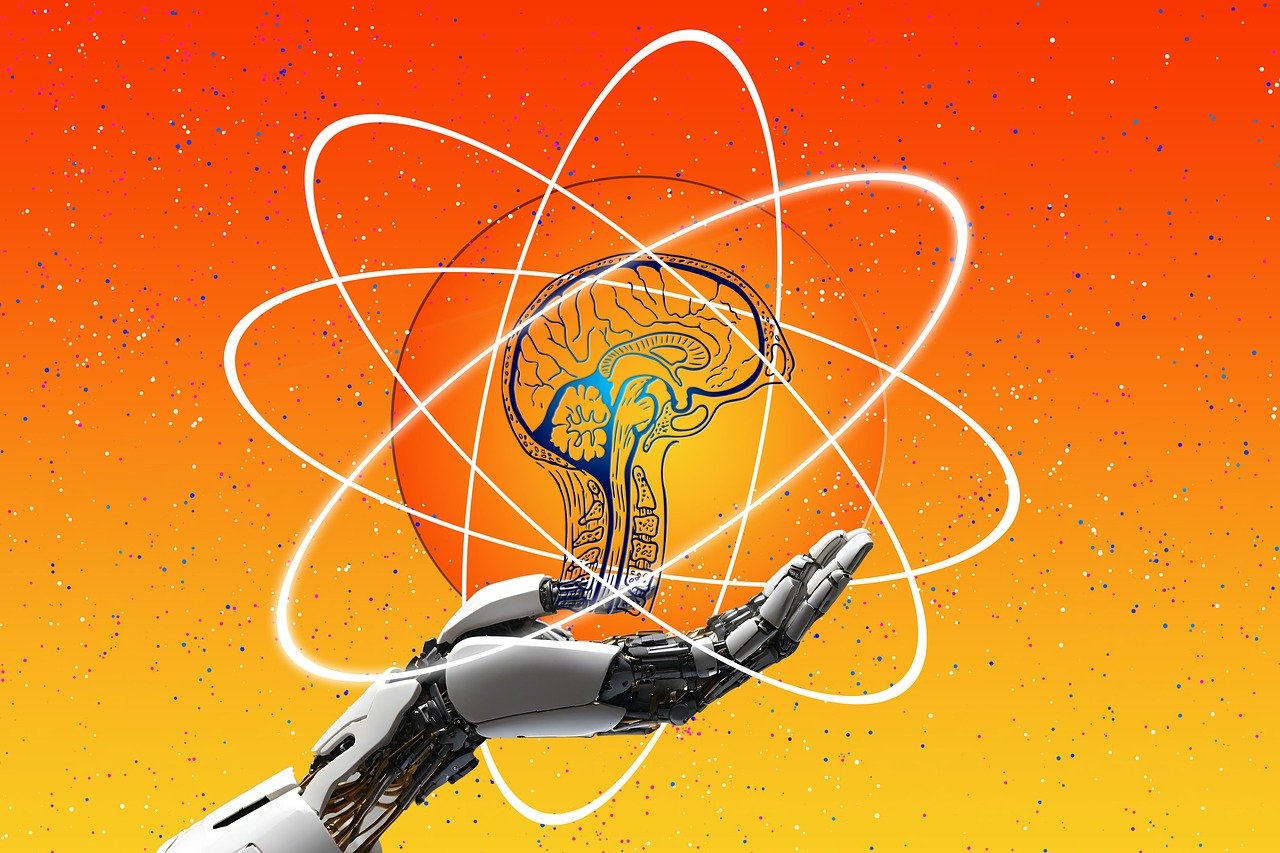
Understanding Machine Learning
Machine Learning (ML) is a part of Artificial Intelligence (AI) that allows machines to learn from data and make decisions without being explicitly programmed. It identifies patterns in data, similar to how a child learns to differentiate between cats and dogs by recognizing specific features. This capability makes ML valuable across various applications, from movie recommendations to disease detection and self-driving cars.
Types of Machine Learning
- Supervised Learning: Trains a model using labeled data. Examples include:
- Regression: Predicting continuous values like housing prices.
- Classification: Categorizing data, such as spam detection.
- Unsupervised Learning: Trains a model using unlabeled data. Examples include:
- Clustering: Grouping similar data points, like customer segmentation.
- Dimensionality Reduction: Simplifying data features.
- Reinforcement Learning: Teaches an agent to make decisions to maximize rewards.
Popular Machine Learning Algorithms
Here are ten well-known ML algorithms and their practical applications:
- Linear Regression: Models relationships between variables to predict outcomes like house prices.
- Logistic Regression: Used for binary classification, such as email spam detection.
- Support Vector Machines: Effective in classification, especially with high-dimensional data, used in facial recognition.
- K-Nearest Neighbors: Classifies data based on nearest neighbors; useful in recommendation systems.
- K-Means Clustering: Groups similar data points for tasks like customer segmentation.
- Decision Trees: Mimics human decision-making for classification and regression tasks.
- Random Forest: Combines multiple decision trees for improved accuracy in predictions.
- Principal Component Analysis (PCA): Reduces data dimensionality while preserving essential information.
- Naive Bayes: A simple classification algorithm great for text categorization.
- Neural Networks: Inspired by the human brain, used for complex tasks like image processing and natural language understanding.
Unlocking the Potential of AI
Understanding and applying machine learning is crucial for businesses today. Here are practical steps to integrate AI:
- Identify Automation Opportunities: Find customer interactions that can benefit from AI.
- Define KPIs: Establish measurable impacts for your AI initiatives.
- Select an AI Solution: Choose tools that meet your specific needs.
- Implement Gradually: Start small, gather data, and expand usage carefully.
For AI management advice, connect with us at hello@itinai.com. For ongoing insights, follow us on Telegram or @itinaicom.
Discover how AI can transform your sales processes and enhance customer engagement by visiting itinai.com.




























